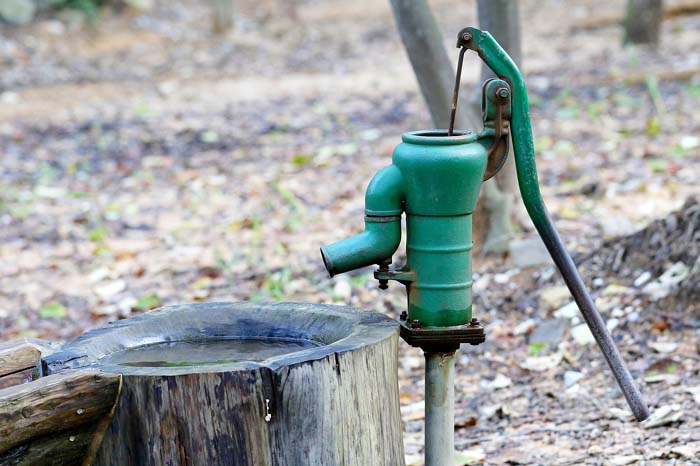
Groundwater that comes from aquifers, which are deep underground, is what we call bore water. The formation of an aquifer occurs when precipitation from rainwater and rivers penetrates rock and soil strata. This eventually fills any gaps or cracks that may exist.
Bore water has a variety of potential applications, such as watering livestock, washing vehicles, irrigation, and flushing toilets. It might even work for drinking, cooking, and washing up. Human activities and natural processes both pose threats to bore water quality. The water’s quality, which might necessitate treatment. Depending on its intended use, you can only confirm if it’s safe to drink through testing at an accredited laboratory.
It is best to test bore water for microbiological pollution and chemical content. You can do this at least once a year if you use it for drinking.
Signs of contamination in bore water
Observation of any of these signs may indicate the presence of contaminated bore water.
- Water with an unusual color
- There is evidence of sudsy water near the sprinklers
- A low pH value indicates acidic water
- Greenery that is wilting or dying
- It smells like rotten eggs, chemicals, or sewage
- Animals uninterested in drinking
- Strange taste in drinking water.
Keep an eye on your water quality and get in touch with the city council or water company if you see any of these issues.
In order to ensure that bore water is safe to drink, ensure that you test it for chemical and microbiological contamination before use and annually thereafter. Also, it needs to come from a reputable lab so it can get the care it needs. Another way to inspect if drinking is safe is using a water test kit. Do not put this water in your pool or spa. Doing so will increase the chemicals needed to keep the water safe and, in turn, the maintenance costs.
Here’s how to test bore water for drinking
Step one
Do a water test
Determining how many pollutants and impurities are in the borehole water is the first stage in purifying it for human use. A water sample sent to a lab for testing can accomplish this. Bore water often contains heavy metals, parasites, viruses, and germs.
Discover whether your bore water is polluted with the use of a bore water test kit. You may find several elements, including copper, lead, hardness, nitrite, pH, iron, bromine, nitrate, alkalinity, and more.
Step two
Pick the appropriate course of treatment
After you locate the water contaminants, the next step is to select an appropriate treatment procedure. Bore water is typically treated using reverse osmosis, UV disinfection, and chlorination.
- Reverse osmosis:
This technique removes contaminants from water by means of a membrane filter. Water passes across a membrane to filter out contaminants like viruses, bacteria, and heavy metals.
- Ultraviolet disinfection:
This technique eliminates viruses and bacteria by means of ultraviolet light. The water is subjected to ultraviolet light in a UV chamber to remove contaminants.
- Chlorination:
Professionals will add chlorine to the water supply to eradicate potential viruses or germs. The next step is to let the water sit for a while so the contaminants can evaporate.
Step three:
Install the treatment system
The installation of the treatment system follows the selection of the appropriate treatment approach. A competent water treatment business can handle this. Your home’s and building’s water main and borehole must be linked to the treatment system.
Step four:
Regular maintenance
Ensuring you service the treatment system regularly is the last stage. This involves doing routine inspections to verify the system’s integrity and the water’s portability. Altering the system’s filters on a regular basis keeps them in top shape and guarantees optimal performance.
Conclusion
The procedures for determining your bore water quality can differ based on its intended purpose. If the water is for human consumption, do a standard water test according to the instructions provided by an accredited laboratory. For non-drinking uses of bore water, various regulatory bodies will provide recommendations. Bore water testing kits are a great first line of defense, so be sure to check your bore water before using them.
